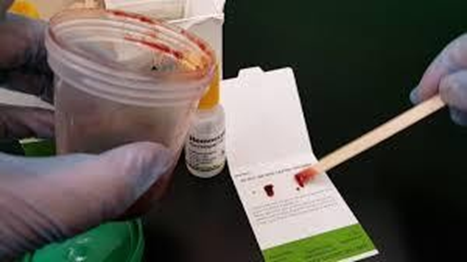A nurse is researching dietary options for a patient that includes foods that supply energy to the body. Which are classes of nutrients that supply this energy? Select all that apply.
Lipids (fats)
D vitamins
Carbohydrates
Minerals
Proteins
Correct Answer : A,C
A. Lipids (fats) are a concentrated source of energy for the body.
B. D vitamins are essential for bone health but do not supply energy.
C. Carbohydrates are a primary source of energy for the body.
D. Minerals are essential for various bodily functions but do not supply energy.
E. Proteins are essential for tissue repair and growth but are not a primary source of energy.
Nursing Test Bank
Naxlex Comprehensive Predictor Exams
Related Questions
Correct Answer is B
Explanation
A. Hypothermia is not directly related to acute hypoxia.
B. Anxiety is a common response to hypoxia, and addressing anxiety is important in managing the overall condition.
C. Nausea may be a symptom of various conditions but is not a direct consequence of acute hypoxia.
D. Otalgia (ear pain) is not typically associated with acute hypoxia.
Correct Answer is B
Explanation
A. Checking for mucus in urine is not the purpose of a fecal occult blood test.
B. FOBT is a test to detect hidden (occult) blood in the stool.
C. Checking for mucus in stools is not the primary purpose of FOBT.
D. Checking for the presence of blood in urine is not the purpose of FOBT.

Whether you are a student looking to ace your exams or a practicing nurse seeking to enhance your expertise , our nursing education contents will empower you with the confidence and competence to make a difference in the lives of patients and become a respected leader in the healthcare field.
Visit Naxlex, invest in your future and unlock endless possibilities with our unparalleled nursing education contents today
Report Wrong Answer on the Current Question
Do you disagree with the answer? If yes, what is your expected answer? Explain.
Kindly be descriptive with the issue you are facing.
